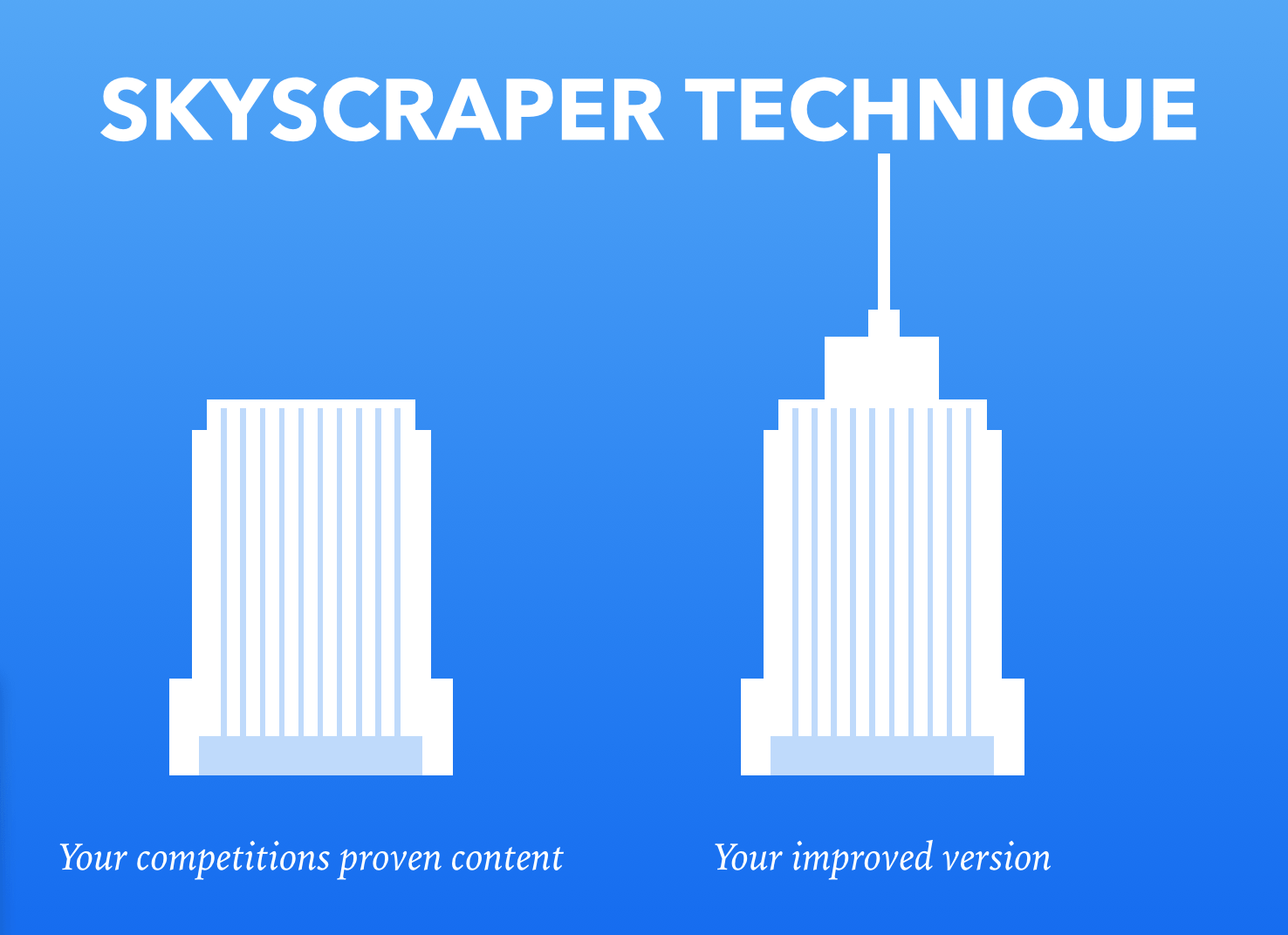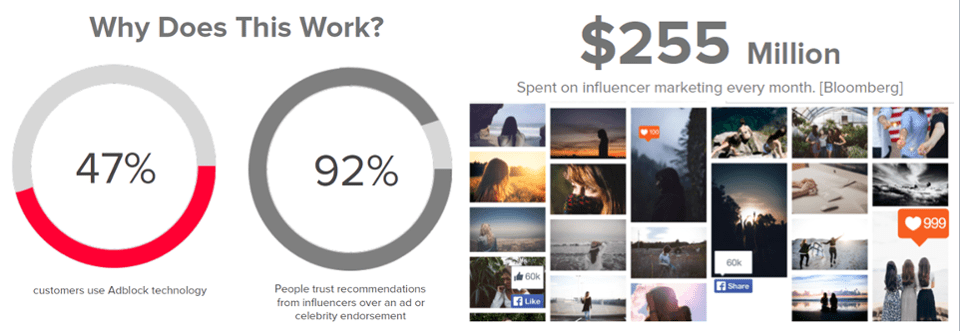Yep – that’s right!
Take a step back and ask yourself if everything you know about content marketing is correct. Why, you ask? Because even though brands and marketing specialists are aware of the positives of content marketing, they are not tapping its full potential. Think again – are you?
While some businesses stop at just creating content, some marketers don’t re-work on activities that are clearly not working for them. Do you know that 50% of content strategies aren’t executed properly? So where exactly are the marketers of 2017 focusing on?
Just writing? Maybe. Here me out.
Churning quality and authentic content has become the norm but that doesn’t encapsulate the essence of content marketing. Content may (actually, it does) form the core of marketing in this age and time but 70% of marketers still don’t integrate their content strategy with the rest of the business plan.
I was reading an study by CMI the other day, wherein it mentions only 9% of B2B marketers consider their content marketing efforts to be “very effective”. What the other 91% of B2B marketers don’t realize is that content production is just the first step to ensuring a successful content marketing campaign.
They go overboard creating content and use cases so much that they end up ignoring what the target market actually wants to read. I am sure you must have also over-promoted your content at some point. I know I have done that. But it’s vital to learn from those mistakes.
A successful content marketing plan always has a set storyline to help its audience understand what the product or service is about. Never realized the scope of content marketing was beyond just writing and posting on social media? Well, it is and so much more!
Here are five nifty tips to help you “correct” your content marketing strategy:
1) Personalize your content for “your” customers
Because believe it or not, your prospective customers don’t want to know they belong to a group of 100 other people that share a similar taste. They want to be treated like royalty even before they have bought something from you!
Today, businesses are using consumer data to personalize their marketing campaigns and tailor their value propositions but the truth is they often miss out on being consumer-centric while creating their personalized strategy.

OK – for instance – I browse through a pizza emoji t-shirt on an eCommerce store. Now, that e-store sends me constant reminders (read: entices me with discount deals!) to come back and buy it. But if it does so while adding value to me I would definitely visit the website again and finish the purchase process.
But how can the eCommerce store create a value proposition? Through its messaging? Yes. It could be the tone or the use of specific words in the copy, the timing or simply giving me one solid reason why I should grab the offer!
So you see how an eCommerce store created a user-friendly strategy to convert just one customer? That’s content marketing for you.
2) Create user-friendly content always
When you are about to market a piece of content – ask yourself – “is it going to get ample visits, maximum downloads?”, “will my readers find it useful?”. If you’re unsure, then go back to rework it.
The thing is, every business can share tips and tricks in the form of a blog or social media post. But if you curate a downloadable checklist out of it – something that your readers can physically use – the brand recall value automatically goes up. You can then congratulate yourself for implementing a smart content marketing strategy!
3) Apply the skyscraper technique
Skyscraper is a technique for turning content into high-quality backlinks and in today’s marketing landscape, it helps drive traffic. Unfortunately, majority of marketers still don’t apply this method and instead waste time in producing fresh content.

Do an analysis of content pieces your target market has previously shown interest. Re-work on them. Add more value to them and employ a better way of communicating through new and improved designs and campaigns.
Even though it is vital for businesses to stand out for their fresh content, it is OK to cash in on the success of viral content to drive traffic. But do it, only if you can add some value!
4) Pay attention to micro-influencers
Today, businesses are pouring a lot of money into influencer marketing to boost brand awareness. 73% of marketers have allocated budgets for this practice since it delivers 11 times higher ROI than traditional methods of digital marketing.
Imagine if a hotshot from your industry endorses your company on Twitter? Your brand’s credibility would surge overnight. That’s cool, right? A study by MuseFind states 92% of customers trust influencers more than celebrity endorsements and advertisements.

But are you doing it right? One of the biggest lessons of 2016 in influencer marketing was that a bigger following doesn’t always drive conversions. So marketers need to be witty about how they choose to drive the influencer marketing campaign.
Marketers should instead focus on getting authentic social influencers on board rather than just getting enamoured with number of followers. Tommy Hilfiger, a premium fashion and lifestyle brand, collaborated with supermodel Gigi Hadid last year to design a “see-now-buy-now” capsule collection for women.

Naturally, due to Gigi’s involvement, the brand witnessed a surge in website visits by 90%! The Gigi Hadid x Tommy Hilfiger campaign captured the attention of young women consumers across platforms – which the premium brand wasn’t able to before if it weren’t for Gigi.
5) Create niche content through chatbots
It is only a matter of time till all marketers start using AI-powered bots for interacting with the consumers and understanding their pain-points. This is not the case currently as content marketing still involves conducting a manual research to create a content roadmap from scratch.
The interaction with chatbots happens in a conversational Q&A format. If you have ever had a chat with a bot (and I am sure you have had), you will agree that it doesn’t always have an answer to all your questions. This is where a marketer’s job begins. This technique helps marketers dig deeper into the consumer’s psyche and create content around those unanswered questions.
Moreover, if you feed the bot with the right kind of content, it will engage the consumers better and faster. In an age where no one wants to invest time in seeking in-depth information, bots can serve high-quality and relevant content instantly.
When does your brand plan to invest a chatbot?
Where do you get started?
The concept of marketing through content is vast and at times overwhelming. It is easy to lose track of what you initially set out to achieve. Marketers must be practical when setting goals for themselves. They have to be strict about the platforms that are going to work for them, and ignore the ones that aren’t.
If you want to rehash your entire strategy or need help in one of the areas of your content marketing, feel free to reach out to me on TapChief for a quick consult. Together, we will build a brand that not only engages and serves the right kind of audience, but also drives revenue.



